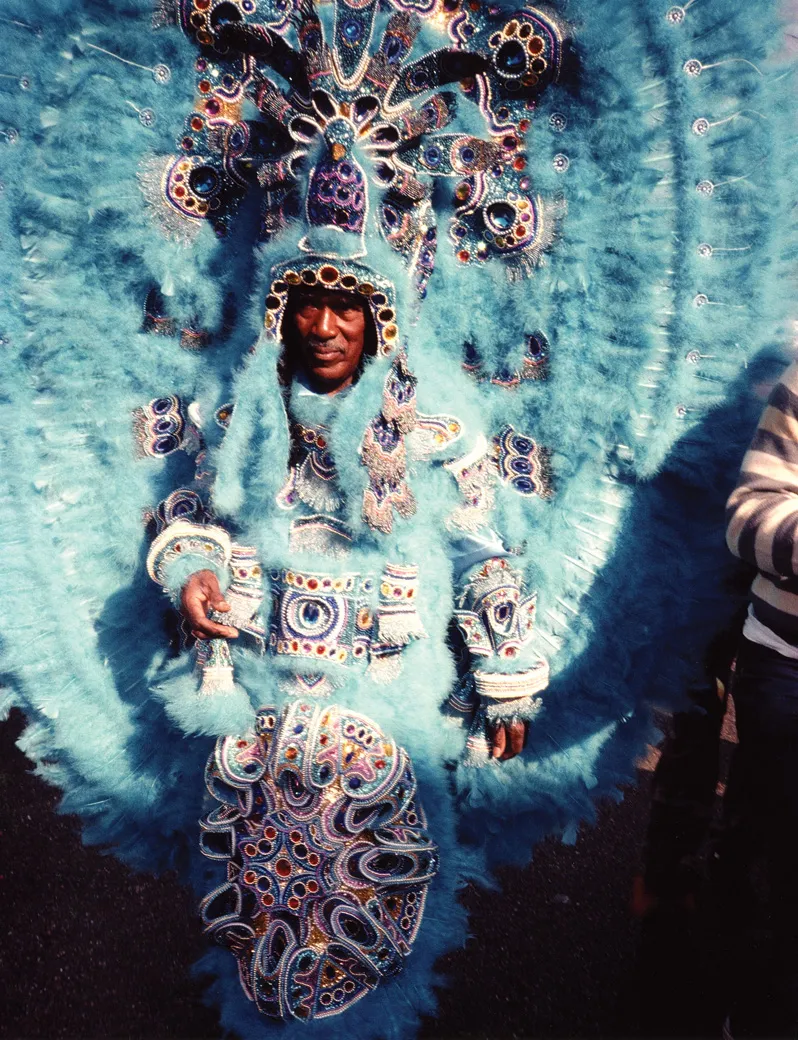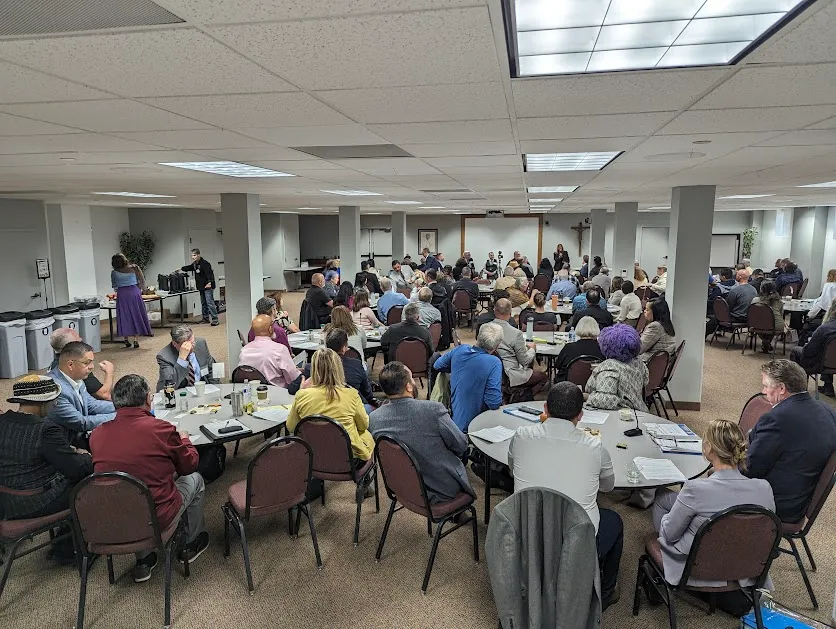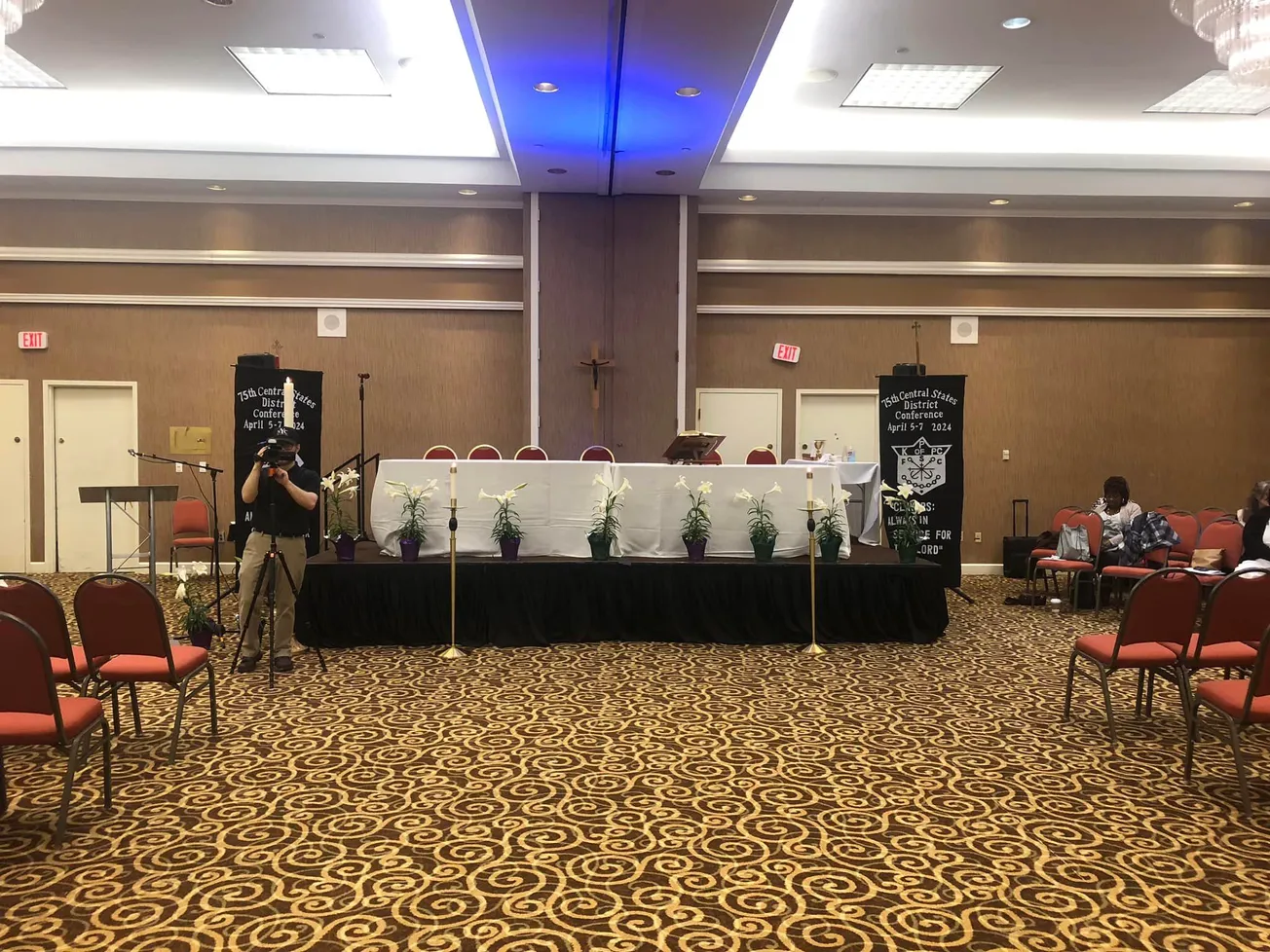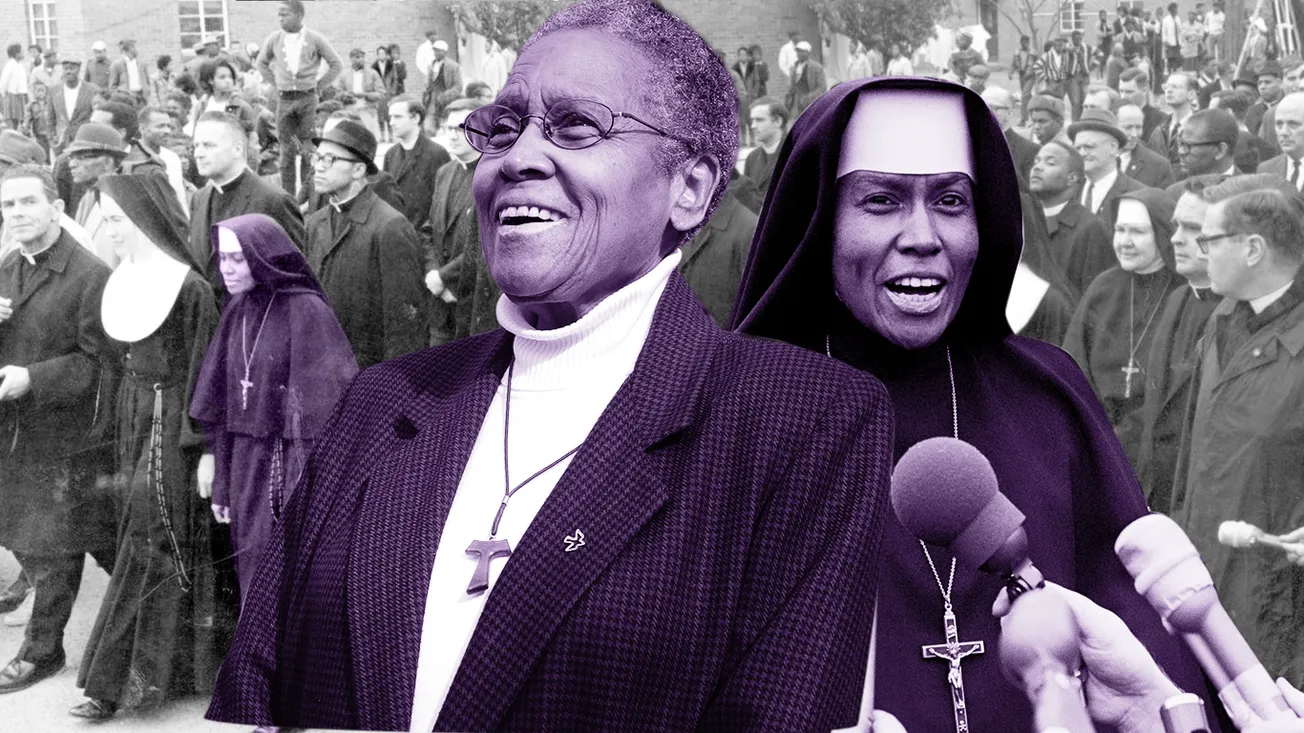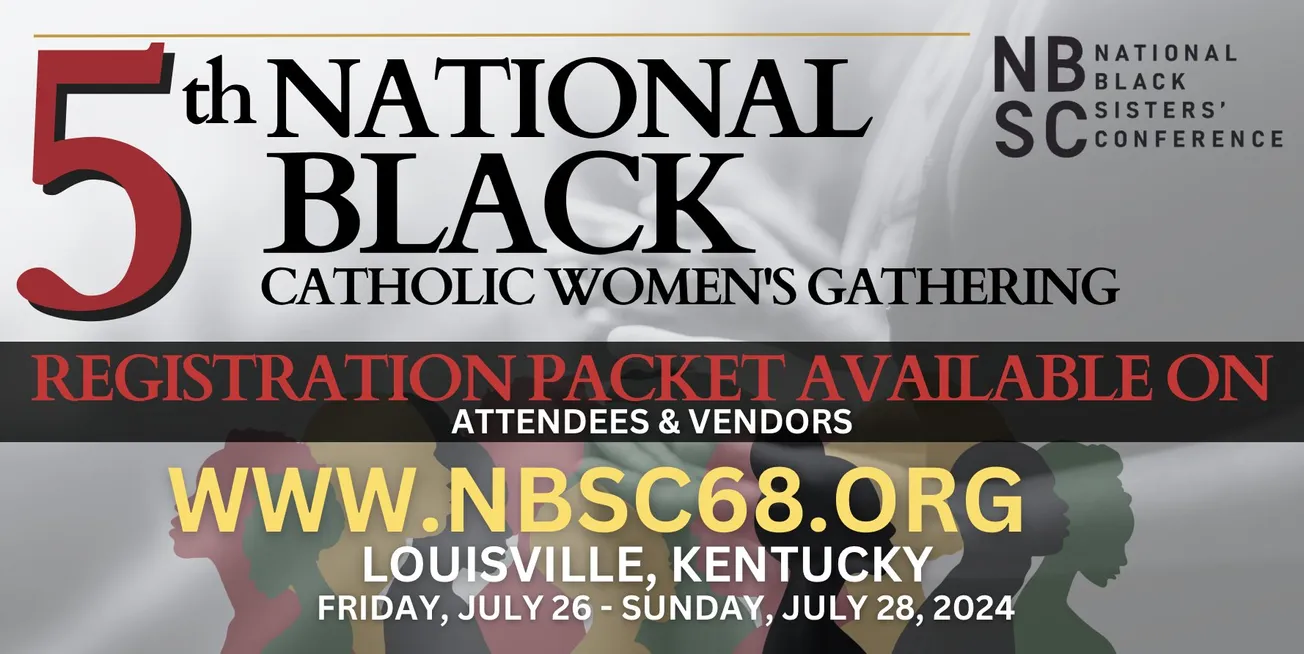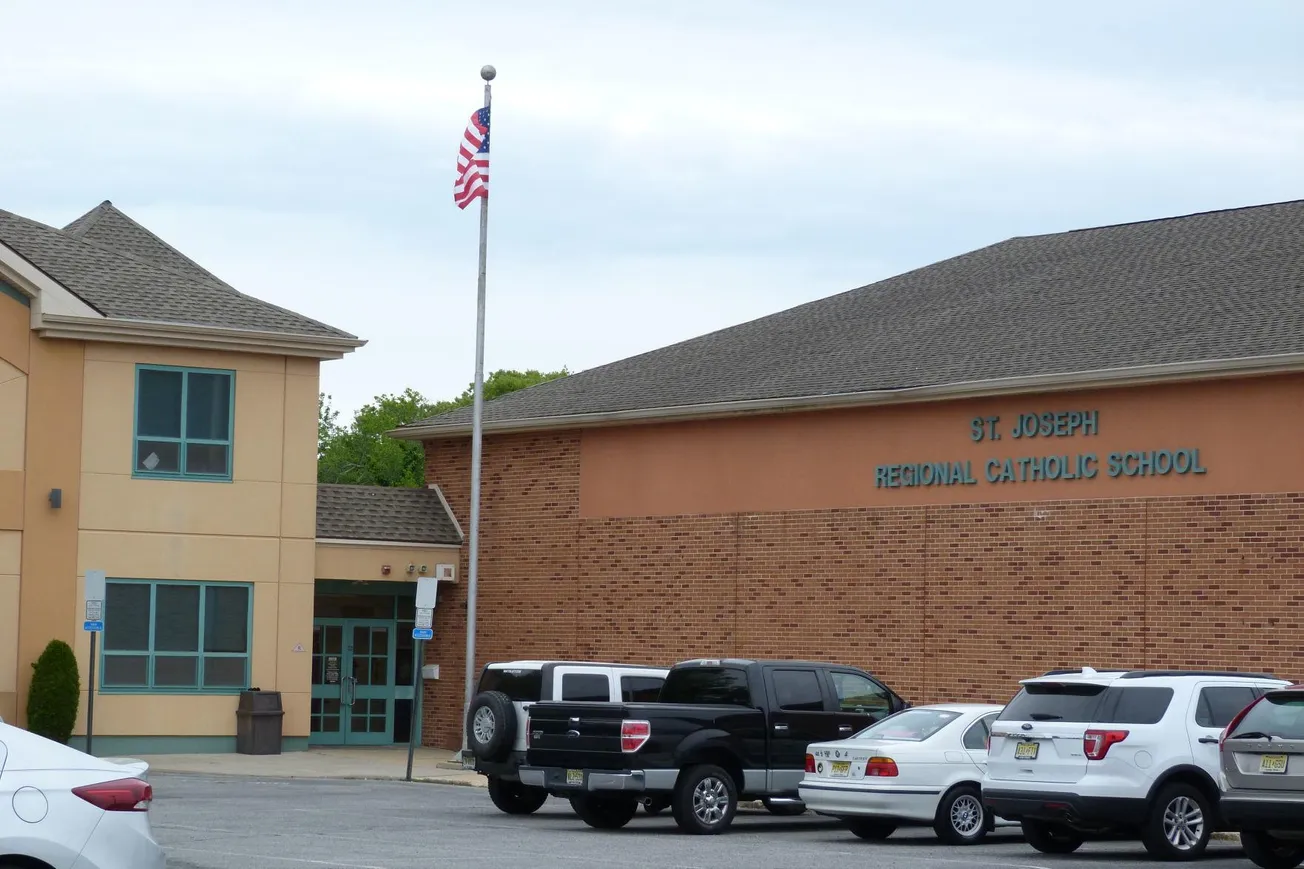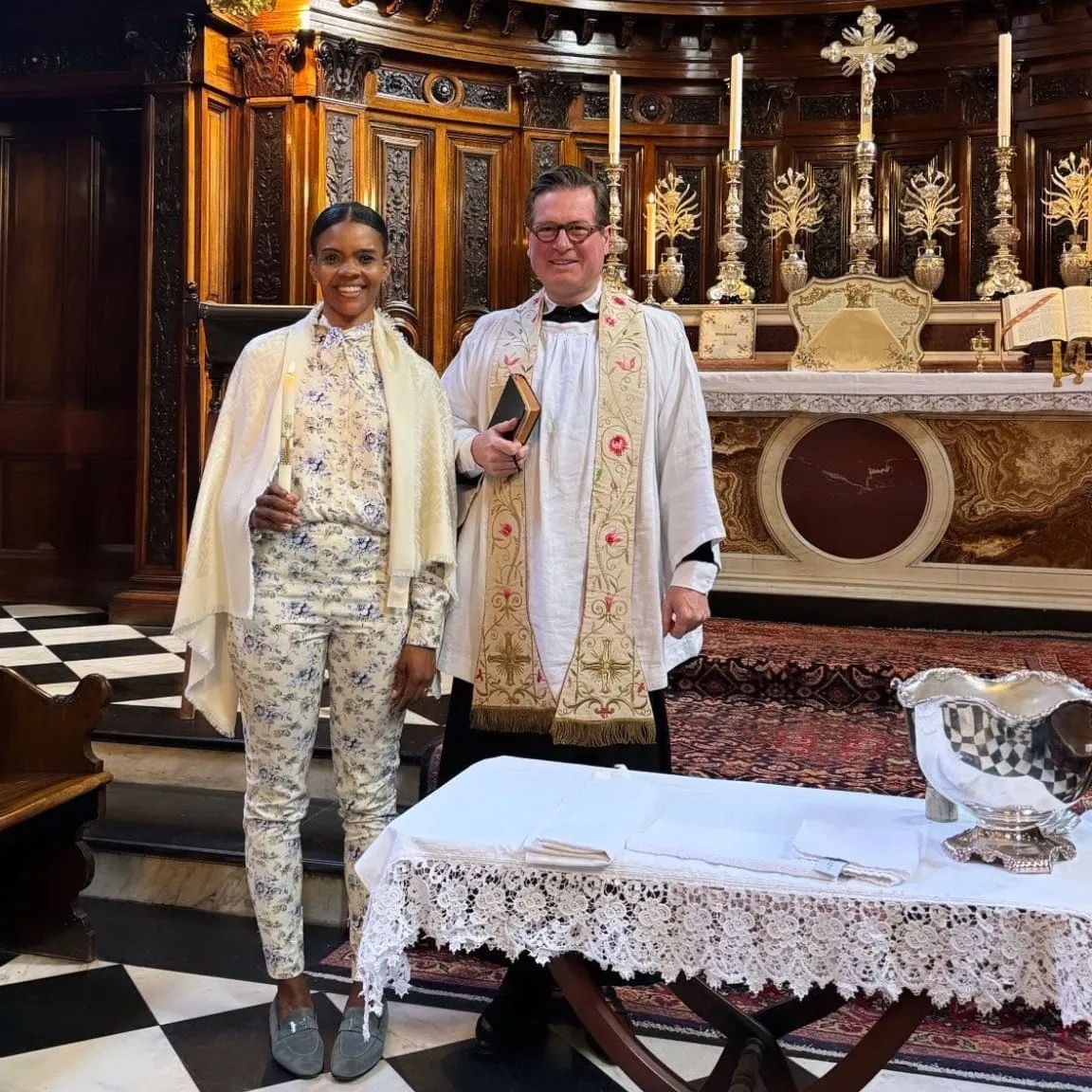Upcoming celebrations in New Orleans will honor Big Chief Allison “Tootie” Montana, a famed Mardi Gras Indian known for transforming and pacifying the tradition after its extended violent period during the mid-20th century.
The events will kick off on Thursday, Jan. 4, with a presentation on the tradition, also known as Black Masking Indians, by Tootie’s son Darryl Montana and Dianne “Gumbo Marie” Honore' at the New Orleans Jazz Museum for the Jazz Education Network annual conference.
On Jan. 6, a blessing ceremony will take place at the late culture-bearer’s memorial statue in Louis Armstrong Park in the Tremé neighborhood at 2pm CT. The date marks Tootie Montana Day in the City of New Orleans, which created the annual civic celebration in 2012.
It is also the Feast of the Epiphany—following Twelfth Night in the Crescent City, which kicks off the region’s well-known Carnival season, engendering weeks of parades and other celebrations featuring the cultural community Montana helped revitalize.
“Each year we strive to keep his legacy, the legacy of the Black Masking tradition across the city and the Backatown neighborhood history at the forefront through education, community enrichment and involvement, celebration and preservation,” the annual Montana Day organizers said in a statement.
On Dec. 7, the New Orleans Museum of Art (NOMA) will screen the 1976 short documentary film “Black Indians of New Orleans” at 1pm, showcasing the late Dr. Maurice Martinez’s in-depth look at the history of the art form.
Dating back to at least the mid-19th century, the longstanding African-American communal tradition involves months of costume creation among the city’s dozens of tribes, leading up to their carnival season debut each year. The confluence of African and Native American cultures is thought to have arisen from early interactions between the two oppressed communities in Louisiana around the turn of the 18th century.
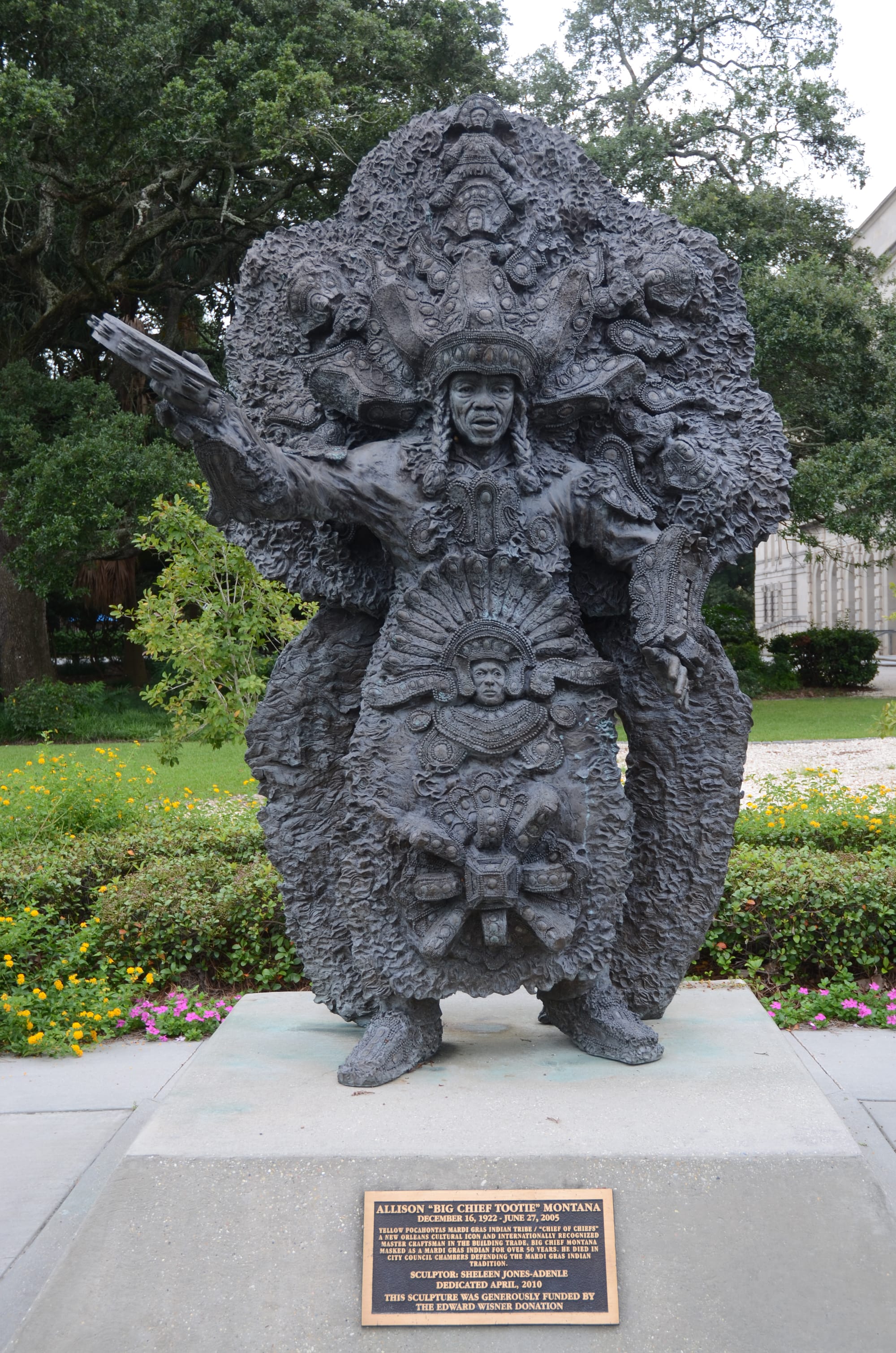
A second documentary, “Testimony of a Big Chief,” created in the 1990s by Will Horton, was originally scheduled to screen alongside “Black Indians of New Orleans” at NOMA, following nearly two decades of obscurity following its presumed loss during Hurricane Katrina. It was rediscovered in 2022 and screened at Loyola University New Orleans in early December of this year.
Unforeseen circumstances have resulted in the reduction of the NOMA show to one screening only, that of Dr. Martinez’s film.
Montana, a Black Catholic who was for more than a half-century embedded in the tradition as leader of the Yellow Pocahontas Tribe, features in both films as the “chief of chiefs” across tribes, helping to unify and popularize Black Masking in its modern form.
His influence helped bring about the characteristic bold colors and loud flourishes now ubiquitous among the various tribal suits. This aspect of the Mardi Gras Indians quickly overtook the previously violent nature of the parades and appearances, as healthy competition developed over who could produce the most elaborate costumes in time for the big reveal—in modern times, “Super Sunday,” the Sunday closest to the Feast of St. Joseph in March.
While giving a speech to the New Orleans City Council in 2005, Montana died of a heart attack, after which he was honored throughout the city by his fellow Masking Indians and supporters, who have continued to preserve his legacy.
They will be among those present at his commemorations this January, the latter two of which are open to the public. No advance registration is required but tickets can be reserved for NOMA, which includes admission to the film screening. More information can be found on the museum website.
Nate Tinner-Williams is co-founder and editor of Black Catholic Messenger.


